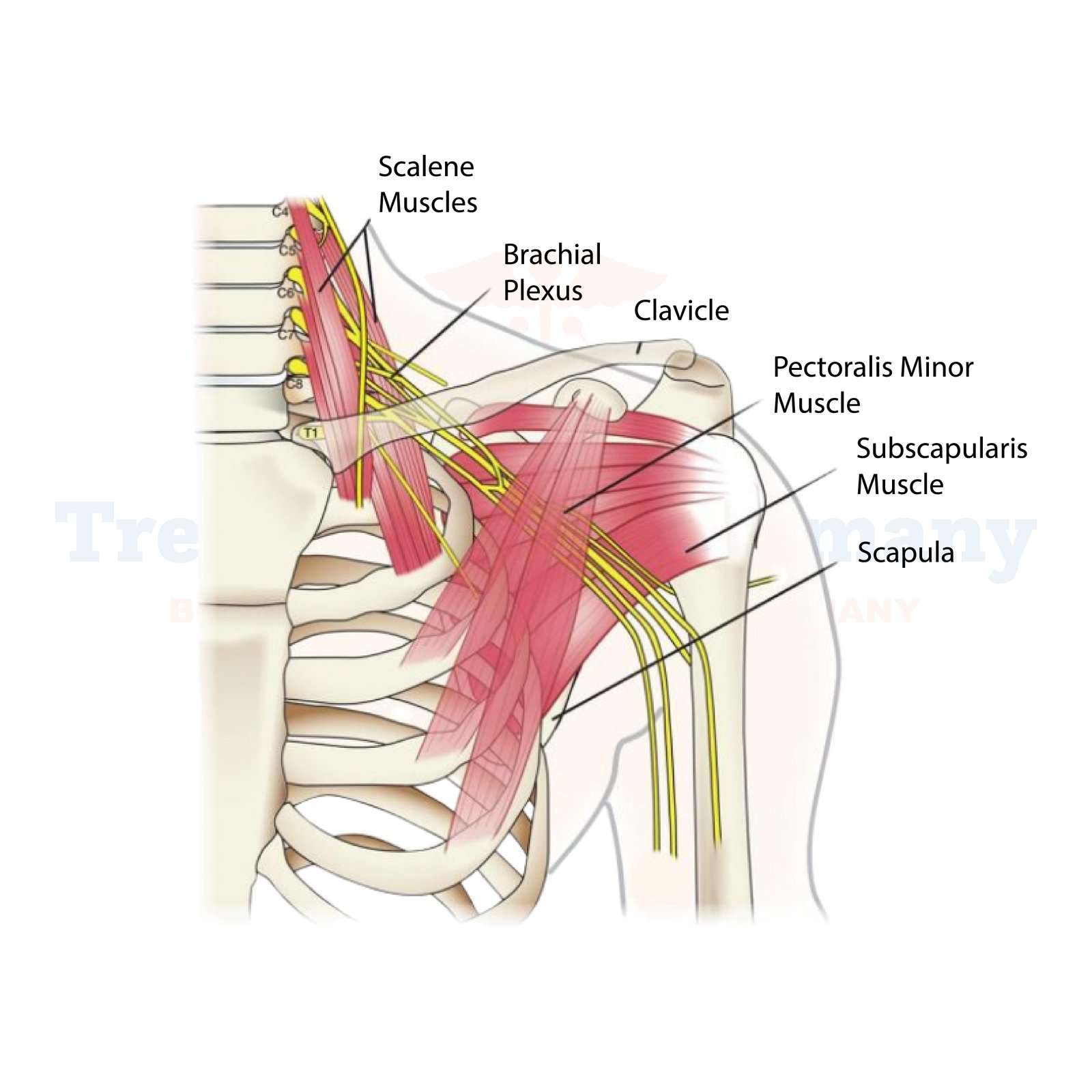Peripheral nerve surgery is a specialized medical procedure performed to diagnose, treat, and repair issues affecting the peripheral nerves. With precise surgical techniques, this treatment can help restore movement, eliminate pain, and improve quality of life. When these nerves are damaged due to injury, compression, tumors, or medical conditions such as diabetes, it can lead to symptoms like pain, weakness, numbness, or even loss of function. Peripheral nerve surgery aims to restore function, alleviate pain, and improve quality of life.
Germany is renowned for its cutting-edge healthcare system, world-class specialists, and state-of-the-art facilities. Expert surgeons utilize precise techniques to restore movement, alleviate pain, and improve overall well-being. Whether the goal is to repair damaged nerves or address complications caused by compressions or tumors, treatments in Germany are tailored to your needs.
Peripheral Neuropathy: This condition results from damage to the peripheral nerves and can cause weakness, numbness, and pain, typically in the hands or feet.
Causes of Peripheral Nerve Issues
Identifying the root cause is the first step toward effective treatment. Peripheral nerve disorders can stem from various causes, such as:
Trauma or injury from accidents or repetitive strain
Medical conditions, including diabetes or autoimmune diseases
Compression syndromes, such as carpal tunnel or thoracic outlet syndrome
Nerve tumors that affect function and sensation
Symptoms
Peripheral nerve issues can present a variety of symptoms depending upon the severity and location, but they may experience some common symptoms like:
Diagnosis and Diagnostic Tools
Peripheral nerve conditions require precise diagnostic tools to ensure the best treatment plan. German medical centers leverage cutting-edge diagnostic methods, including:
Peripheral Nerve Treatments in Germany
Known for their world-class medical prowess, German facilities offer comprehensive treatments, including surgical, therapeutic, and medicinal approaches.
Advanced Surgical Options
Nerve decompression surgery to relieve pressure
Nerve grafting or repair for restoring damaged areas
Tumor removal surgeries for safe and precise outcomes
Innovative Therapies
Physical rehabilitation programs to improve functionality
Occupational therapy to restore daily routines
Cognitive treatments for nerve-related ailments
Effective Medications and Drugs
Pain management through advanced medication
Anti-inflammatory drugs for effective relief
Immunosuppressants to combat autoimmune nerve damage
Why Choose Germany for Peripheral Nerve Treatment?
Germany has established itself as a hub for cutting-edge peripheral nerve care. Here's why patients trust German facilities for their nerve treatment needs:
Prevention and Management
While treatment is critical, prevention and ongoing management are equally important. Adopt measures like:
Conclusion
Peripheral nerve conditions can significantly impact a patient’s quality of life, but Germany’s cutting-edge medical advancements offer hope and effective treatment options. With state-of-the-art technology, world-class specialists, and a commitment to personalized care, Germany has established itself as a leading destination for peripheral nerve treatment. By providing precise and compassionate solutions, it ensures patients have the best chance to regain function, alleviate symptoms, and improve their overall well-being.
👉 Contact us for further information and receive a complimentary consultation.

.webp)
.webp)
 (1).webp)
 (1).webp)

.webp)
.webp)
 (1).webp)
 (1).webp)
